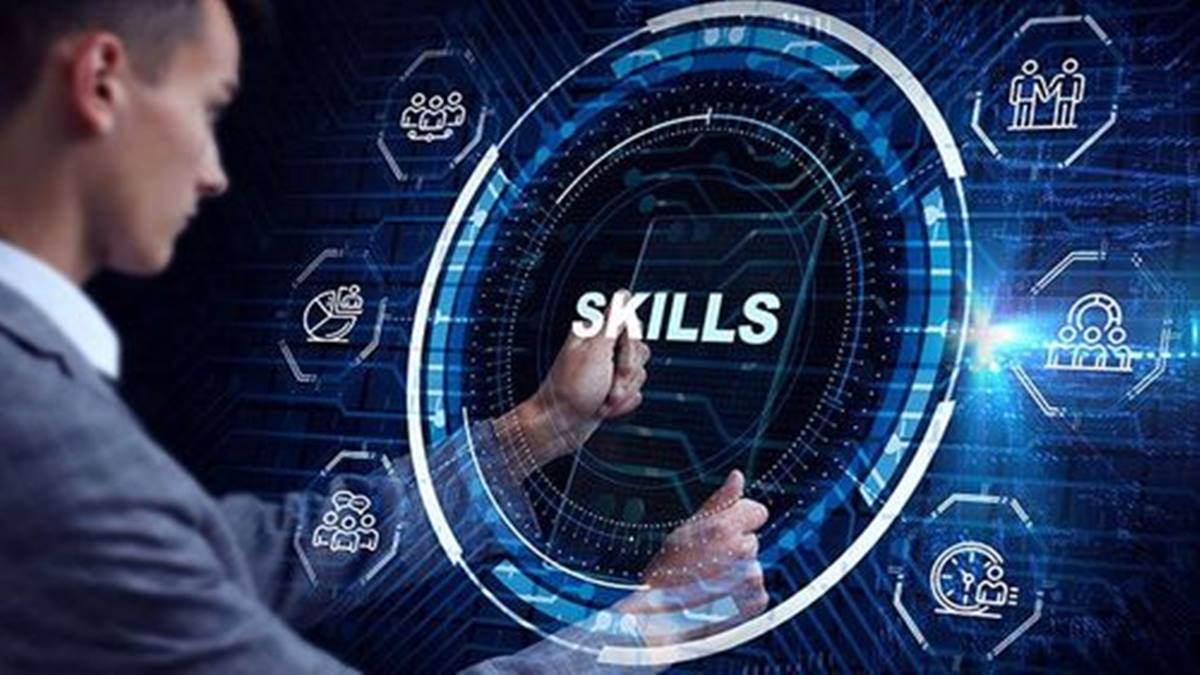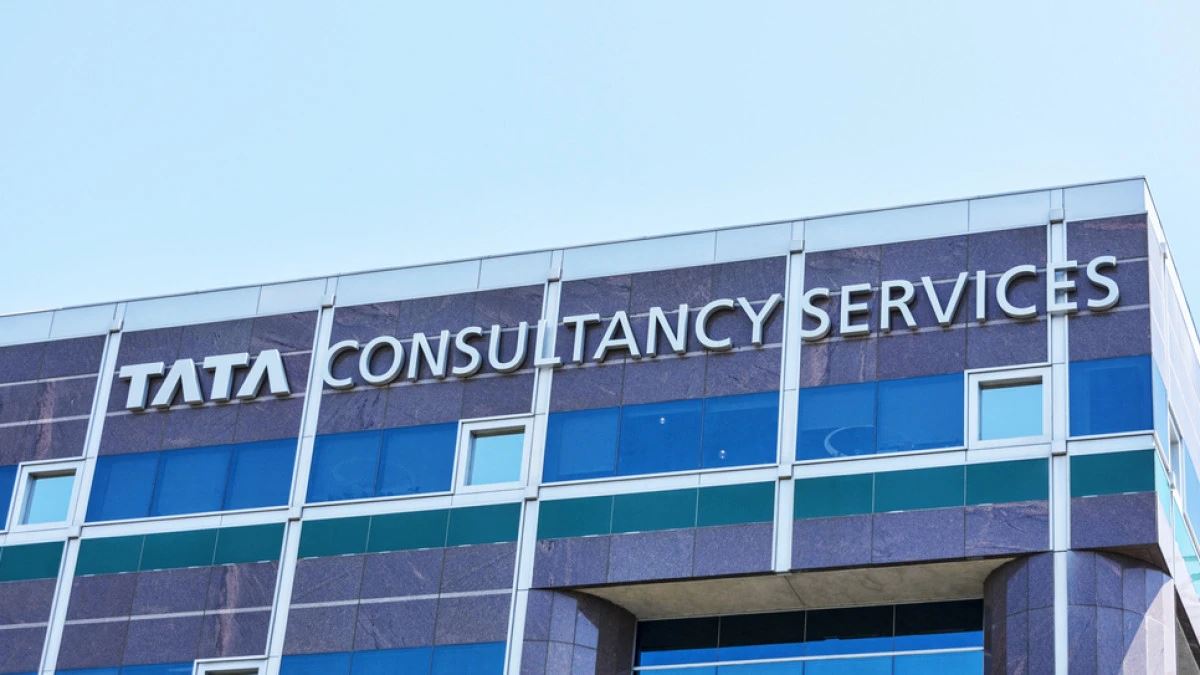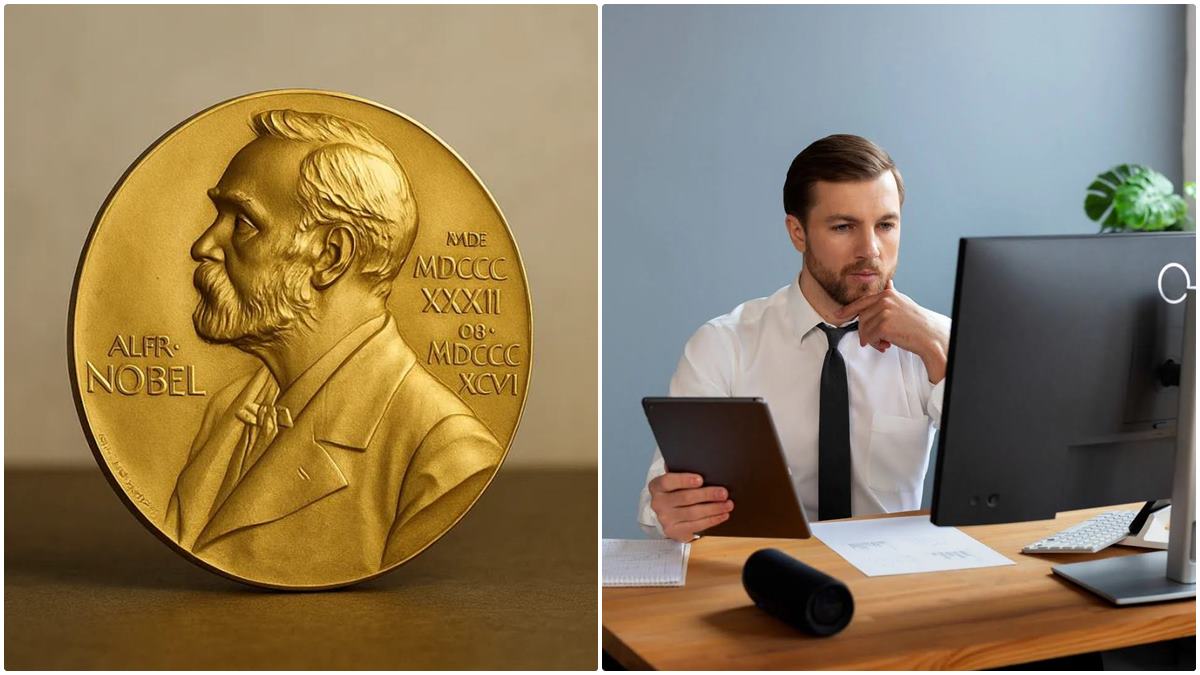The 2025 Nobel Prize in Economic Sciences, awarded to Joel Mokyr, Philippe Aghion, and Peter Howitt, represents more than a scholarly achievement; it is a profound validation of the defining principle of the modern economy: innovation-driven economic growth. Their collective work formalizes and deepens our understanding of how advanced economies sustain long-term expansion not through incremental improvement, but through creative destruction. It is a relentless process where new technologies, ideas, and business models continuously displace and render obsolete the outdated ones.
At its core, the laureates’ theory asserts that this churn is the very engine of progress. It is not an economic anomaly, but the necessary mechanism for high-income nations to avoid stagnation. However, this engine is not automatic; it requires specific, supportive institutions: openness, intense competition, and sustained investment in research and human capital, to function without stalling.
The implications of this formalized theory are vast, reaching deep into the operational strategies of managers and the career planning of every employee. It shifts the perception of change from a sporadic event to a permanent state of being, demanding continuous adaptation at both the individual and organizational level. Understanding this framework is the first step toward survival and success in the innovation economy.
The Worker’s Dilemma: Navigating Skills Obsolescence
For the individual employee, the Nobel-winning work provides a rigorous, if somewhat cold, explanation for a sharply felt modern anxiety: the threat of skills obsolescence. This refers to the systemic risk that expertise acquired over years, which is a substantial personal investment, can suddenly lose its economic relevance due to a new technological wave.
History is replete with examples. The traditional telephone switchboard operator, a role that required specific dexterity and local knowledge, became entirely redundant with the advent of digital telephony and automated exchanges. Similarly, highly skilled professionals in analog camera repair or CD/DVD duplication saw their entire sectors gradually shrink as digital photography and streaming became the new frontier technologies. These industries didn’t simply decline; they were creatively destroyed.
In the current cycle, similar pressures bear down on roles from entry-level data processing to complex legal analysis, driven by advancements in Generative AI, automation, and synthetic biology. The Mokyr-Aghion-Howitt framework confirms that this displacement is an inherent, non-negotiable feature of the dynamic economy. To accept this reality is to move past the defense of legacy roles and toward proactive adaptation.
Actionable Strategies for Lifelong Learning Adaptation
The challenge for workers is to develop a professional profile that is resilient to continuous technological shocks. The solution lies in aggressive self-reorientation and lifelong learning adaptation:
Deliberate Re-skilling: Workers must actively embrace workforce reskilling strategies, focusing deliberately on sectors adjacent to the most dynamic emerging technologies (e.g., AI integration, data science, green energy technologies). This involves a scheduled, budget-allocated commitment to formal and informal education.
Build Transferrable Meta-Skills: Deep specialization in a narrow, legacy domain is a major vulnerability. The survival skills of the modern worker are the transferrable meta-skills: critical thinking, emotional intelligence, complex problem-solving, and, most critically, learning how to learn. These competencies maintain their value across multiple destructive cycles.
Cultivate Complementary Skill Bundles: Experience is not lost, but its application changes. Workers must look to bundle their accumulated expertise with newer competencies. For instance, a veteran manufacturing manager’s deep knowledge of supply chains (a legacy skill) becomes incredibly valuable when paired with a new competency in predictive analytics (a frontier skill). This combination—the “skill bundle”—makes the individual uniquely equipped to navigate and manage the transition process.
Engage in Internal Mobility: The safest way to pivot is from within the organization. Workers should proactively engage in internal mobility or “rotation,” seeking assignments in new units, innovation projects, or teams focused on high-growth areas before their core unit faces redundancy. This provides a soft landing and a subsidized path to re-skilling.
The Manager’s Imperative: Organizational Renewal and Cannibalization
For managers and leaders, the Nobel insights imply that organizational renewal is the singular, non-negotiable goal. An organization must constantly anticipate and stay ahead of the obsolescence wave, or it will be dismantled by an external disruptor. The greatest risk is not that a new technology fails, but that a firm becomes complacent and fails to destroy its own successful, but aging, business model.
This requires a strategic pivot from optimizing existing processes to systematically nurturing the forces of creative destruction internally.
Strategies for Technology Disruption Management
Managers must embed innovation into the organizational DNA, treating it as an ongoing, funded function rather than a periodic initiative:
Continuous Technology Scanning and Investment: Leaders must continuously scan the periphery for emerging technologies and reserve capital for investment in experiments, R&D labs, and pilot projects. Reliance on legacy business models is comfortable but terminal; investment in new models is uncomfortable but necessary.
Encourage Intrapreneurship: The most powerful strategy is internal cannibalization. Managers must actively encourage intrapreneurship and internal spinouts—allowing small, protected teams to build new products that deliberately compete with, and eventually supersede, the company’s older, cash-cow lines. This is the organizational version of self-destruction that prevents external disruption.
Maintain Workforce Flexibility: Structures must be flexible to absorb and rapidly deploy new skills. This includes reserving “innovation teams”—small, agile groups with low legacy operational burden—who can test new ideas unburdened by the cultural inertia or political baggage of the core business.
Foster Institutional Openness Growth: The firm cannot innovate in isolation. Managers must foster institutional openness growth, collaborating aggressively with startups, research universities, and open innovation networks. These external partnerships serve as vital intellectual feeding grounds, ensuring a constant influx of fresh, market-ready ideas that accelerate the technology disruption management process.
Cautions and the Art of the Adaptive Bet
While the laureates’ work champions the dynamism of constant innovation, it also provides an important caution: not all disruptive bets pay off. Innovation, by its very nature, is a high-risk venture.
A critical cautionary tale of the last decade is Facebook’s (Meta’s) expansive, all-in bet on the metaverse. The commitment of billions of dollars over several years toward a vision that produced limited, tangible returns and distracted from the core, profitable social media platform has been heavily criticized. This risk illustrates the danger of treating innovation as a singular, monumental undertaking.
The lesson for managers is clear: the most successful technology disruption management is often characterized by incremental, modular experimentation and adaptive course correction, rather than high-stakes, all-in “moonshots.” The strategic allocation of resources should favor a portfolio of small bets, allowing the firm to rapidly scale successes and kill failures without risking the entire enterprise. This agile approach minimizes the penalty of failure while maximizing the chance of stumbling upon the next revolutionary business model.
The Institutional Prerequisite
The work of Mokyr, Aghion, and Howitt offers both a blueprint for prosperity and a stark warning about fragility. For the long-career worker, adaptability and constant reorientation are now fundamental survival skills, demanding a personal investment in the continuous upgrading of one’s skill bundles and commitment to lifelong learning. For the manager, the task of guiding a firm through continuous structural renewal and organizational renewal is no longer optional—it is the prerequisite for relevance.
Crucially, the laureates stress that this dynamic creative destruction theory is not a natural law of the universe; it is a human construct, dependent on political and institutional choices. If societies succumb to the temptation to close off from global trade, limit scientific freedom, tolerate stifling monopolistic dominance, or fail to invest in foundational education, the engine of innovation-driven economic growth will simply stall. The ultimate implication of the 2025 Nobel Prize is that sustained prosperity depends on institutions and leadership that not only permit destruction but actively cultivate the creativity that springs from its ashes.


















